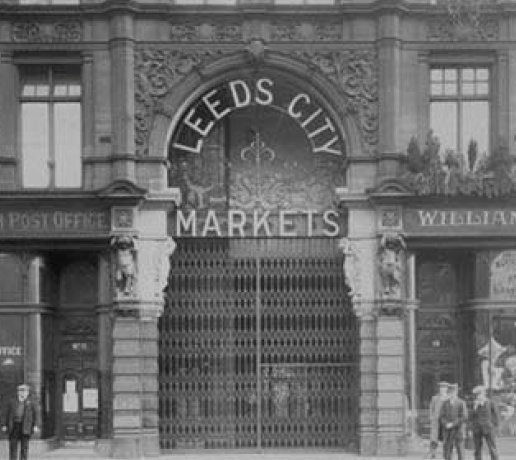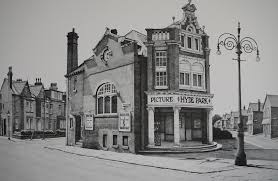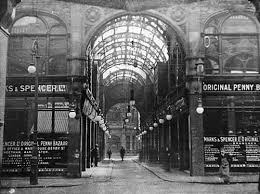
Leeds History
We’ve been so many things.



An industrial powerhouse. A champion of the arts. A home of sporting triumph, and despair. Educating and enlightening. Connected by canals. Then railways. Then by car, and plane. Buoyed by textiles. Revitalised by retail. A destination for digital. And always standing tall.
Just as our city has many faces, so do our people. Victorian icons, laying the foundations of the modern world. Suffragettes and scientists. Musicians and makers. We’ve played our part in discoveries miraculous and mundane. X-rays and oxygen. The mighty moving image, and the humble traffic light. We’ve won olympic gold medals. Broken world records. And more importantly, created Emmerdale.
But it wasn’t always that way. In the middle ages, Leeds was a small village. Just a few hundred of us, farming and trading on the banks of the Aire. Then came the wool. And our city was born.
With wool came wealth, growth and prosperity. A burgeoning seventeenth century town, complete with all the hallmarks of a regional centre. Innkeepers and blacksmiths. Butchers and bakers. And probably the odd candlestick maker.
By the time Queen Victoria took to the throne we were a community on the up. 100,000 of us, by the 1850s. With the Dickensian conditions to match. Cramped streets and dirty lives, for the poorer amongst us. But modernity was calling. Streets lit by gas lights. Grand Victorian civic architecture, like Leeds Town Hall and the Corn Exchange, designed by renowned architect Cuthbert Broderick. And then there’s the railways. We’d always had the River Aire, but this was something different. Trade was our lifeblood, and it flowed on steel tracks.
By the turn of the twentieth century, so much of the city we recognise today was already in place. Paris has her grand avenues. We had the Headrow. We had Roundhay Park, and City Square. Libraries and galleries. Institutions, schools and colleges to rival any European city. And a football club, taking to the pitch at Elland Road in 1919.
A century and more later, and we’re still at it. Our talent for trade fell to textiles and tailoring, then to banking, services and retail. And now tech and digital, driving innovations and inventions our Victorian ancestors could only have dreamed of. Once thriving centres of commerce, like Leeds Dock, and Kirkgate, found themselves down on their luck, then revitalised once again. Fresh ideas and investment, and fresh faces to walk their streets, live, work and play once again.




